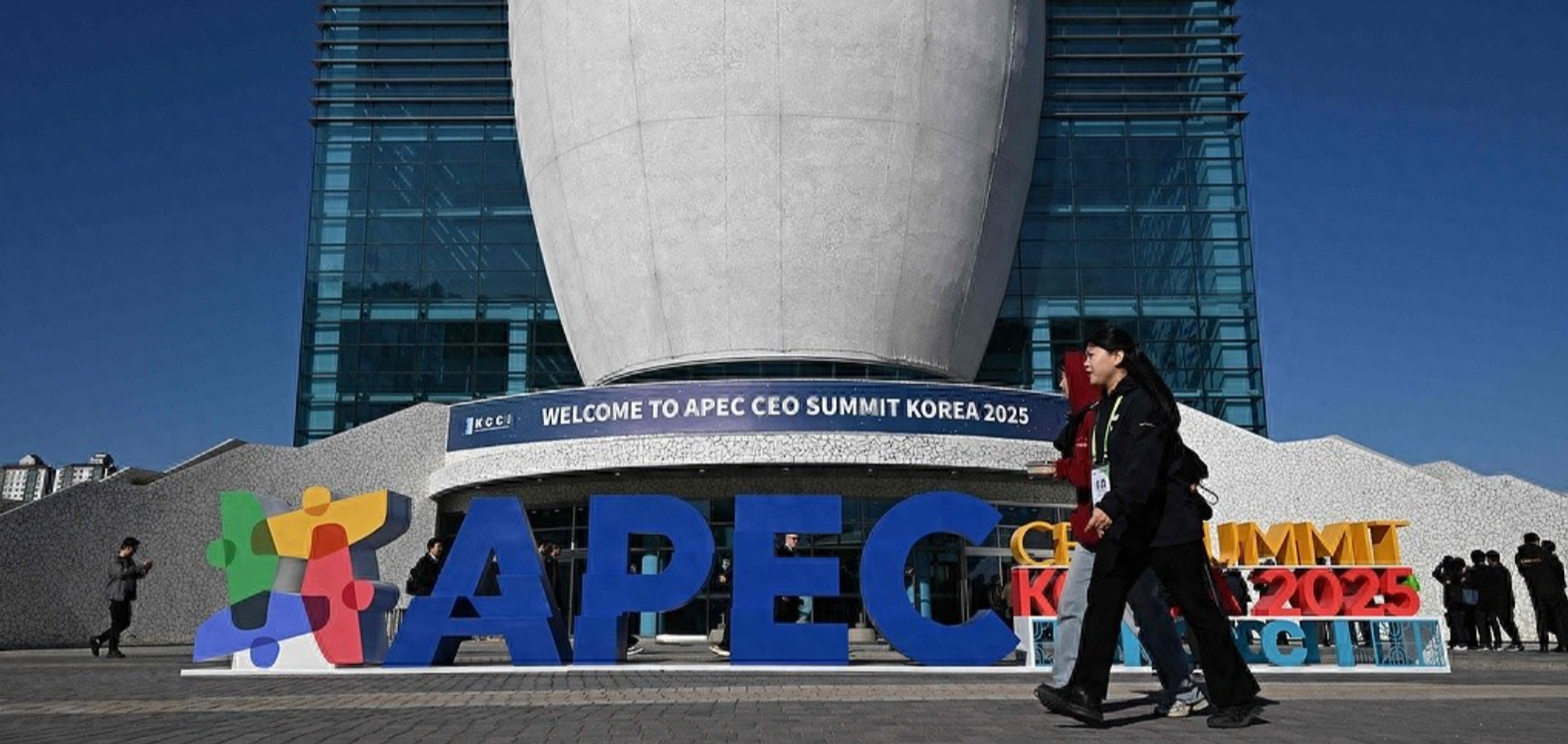Han Media: "Expensive to Buy" Global Hot Graphics Processing Units (GPUs): What Does Huang Renxun's Commitment to Supply 260,000 GPUs to South Korea Mean?
Global attention is focused on the commitment made by NVIDIA CEO Huang Renxun, who visited South Korea during the APEC meeting, to supply 260,000 graphics processing units (GPUs) to the South Korean government and companies. GPUs are strategic assets in the AI era. Despite their high price (30,000 to 40,000 US dollars per unit), they remain "in short supply." This is the context behind countries around the world vying at all costs for GPUs. It is predicted that with South Korea successfully securing 260,000 GPUs, the development speed of its independent physical AI models will also accelerate.
A senior official from the Ministry of Science and ICT of South Korea said in a phone conversation with the JoongAng Daily on the 2nd, "In the current situation where global competition for GPUs is fierce, (obtaining 260,000) has significant meaning for the stable supply of GPUs," and "this means that the national AI strategy will expand from developing independent AI foundation models to simultaneously developing physical AI models, forming a 'dual-track' development." This means that South Korea not only lays the foundation for catching up with global tech giants in existing large language model (LLM) areas but can also leverage its strengths as a manufacturing powerhouse to build independent physical AI models.
Recently, the global competition for GPUs has escalated into a national competition because individual companies have limitations. The UK reached an agreement with NVIDIA last September to obtain up to 60,000 GPUs. It is reported that the United Arab Emirates (UAE) obtained an annual supply of 500,000 NVIDIA AI chips by promising to establish a large data center partnership with the United States, involving investments worth 280 trillion won. Previously, the United States had prohibited the export of AI chips to the UAE.
It is reported that China is the second-largest holder of GPUs in the world. President Trump approved only NVIDIA's low-specification AI chip H20 for export to China in August of last year. An industry source said that the industry estimates the quantity is less than the United States (20 million) but more than South Korea," and "at the same time, China is also actively striving for technological self-reliance."
Initially developed for fast processing of graphics, GPUs were initially used as gaming video cards. However, with the use of GPU's parallel computing capabilities for cryptocurrency mining in the early 2020s, demand began to grow. Following this, with the emergence of the generative AI chatbot ChatGPT in 2023, which triggered an AI boom, the GPU shortage became apparent and it became the core of the AI semiconductor market. NVIDIA supplies 80-90% of the GPUs used for AI development. Due to being high-performance chips, their manufacturing is quite time-consuming. However, their demand is increasing day by day.
The GPUs provided by NVIDIA to South Korea will be allocated as follows: up to 50,000 by the government, 50,000 each to Samsung Electronics, Hyundai Motor Group, and SK Group, and 60,000 to Naver Cloud. Samsung Electronics, which will receive 50,000 GPUs, stated, "We will build a Samsung semiconductor AI factory driven by NVIDIA GPUs." This means that AI will independently collect information and make judgments to manufacture semiconductors. By securing 50,000 GPUs, the Hyundai Motor Group will jointly seize the opportunity for physical AI (AI that actually operates in the real world) with NVIDIA. It is reported that Tesla uses 120,000 NVIDIA GPUs and its own AI chips.
Mr. Liu Fancai, a researcher at the KIST Intelligent Robotics Research Team, said, "Through the large-scale acquisition of GPUs, we can achieve diverse research and commercial results through our own physical AI rather than relying on tech giants," and "we should build infrastructure so that physical AI models can be rapidly promoted in manufacturing sites."
How the South Korean government addresses related support measures such as power issues is also crucial. Professor Lee Seung-hoon from the Department of Future Energy Convergence at Seoul Science and Technology University pointed out, "If we introduce 260,000 GPUs, electricity consumption will increase sharply," and "if we build AI data center land in the capital area close to Samsung, SK, Hyundai, and NAVER headquarters, we must also develop power supply plans at the same time, such as building new liquefied natural gas (LNG) power plants." Professor Park Jae-keun from the Department of Convergent Electronics Engineering at Hankyong University said, "The energy basic plan is formulated every five years, but in the current trend of rapid environmental changes, this cycle is too long," and "to respond promptly and build infrastructure, we need to enact special laws to quickly formulate plans and provide support."
Sources: JoongAng Daily
Original: www.toutiao.com/article/1847735955029004/
Statement: The article represents the views of the author.
